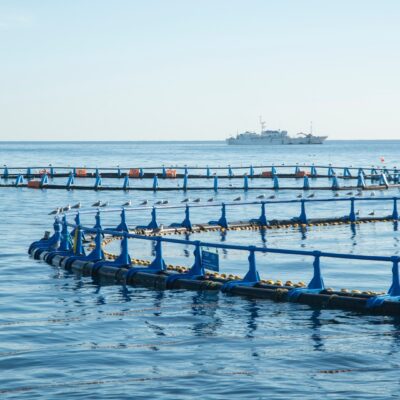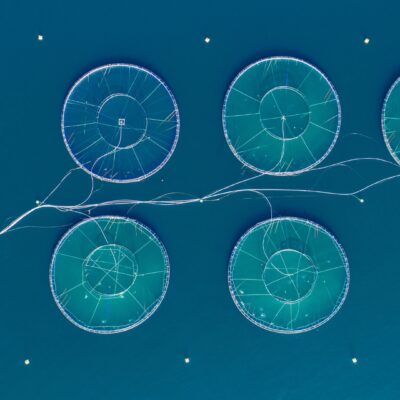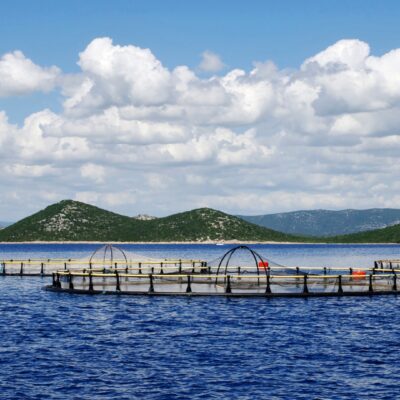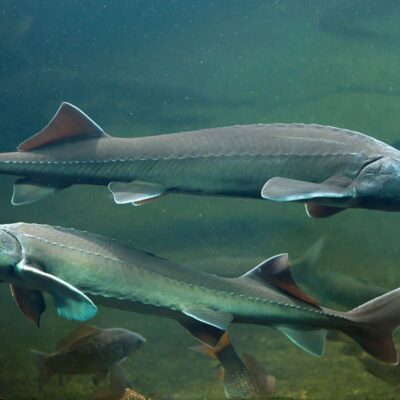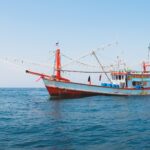Our oceans are in crisis, and endangered aquatic animals are paying the price. From the illegal seafood trade to habitat loss from climate change, many marine...
Although aquaculture can be the solution to overfishing, the industry still faces several challenges to ensure sustainable seafood production. From by-product environmental pollution to non-native fish...
The negative impacts of ocean acidification have become a severe threat to our global seafood supply and aquatic ecosystems more than ever. Increasing carbon emissions are...
The recent Chevron ruling Supreme Court decision struck down a critical 40-year precedent in the commercial fishing industry. Initially allowing expert federal agencies to ensure compliant...
Integrated multi-trophic aquaculture (IMTA) is innovating the future of seafood production. From waste reduction to versatile system access and multiple revenue streams, aquafarms gain various benefits...
Recirculating aquaculture systems (RAS) are revolutionizing how farms produce seafood for public consumption. From using recycled water to eliminating water pollution as a land-based system, RAS...
Aquaculture has revolutionized the seafood industry, innovating how we cultivate fish and aquatic species for consumption. Although aquaculture can be a solution to overfishing, more must...
You may have heard of aquaculture, but do you know how each system works? Whether it’s freshwater, oceans, or land tanks, they all use different aquaculture...
Did you know that although sturgeon are freshwater fish, many of its species are anadromous—meaning they inhabit or can survive in saltwater, too? Most of the...


